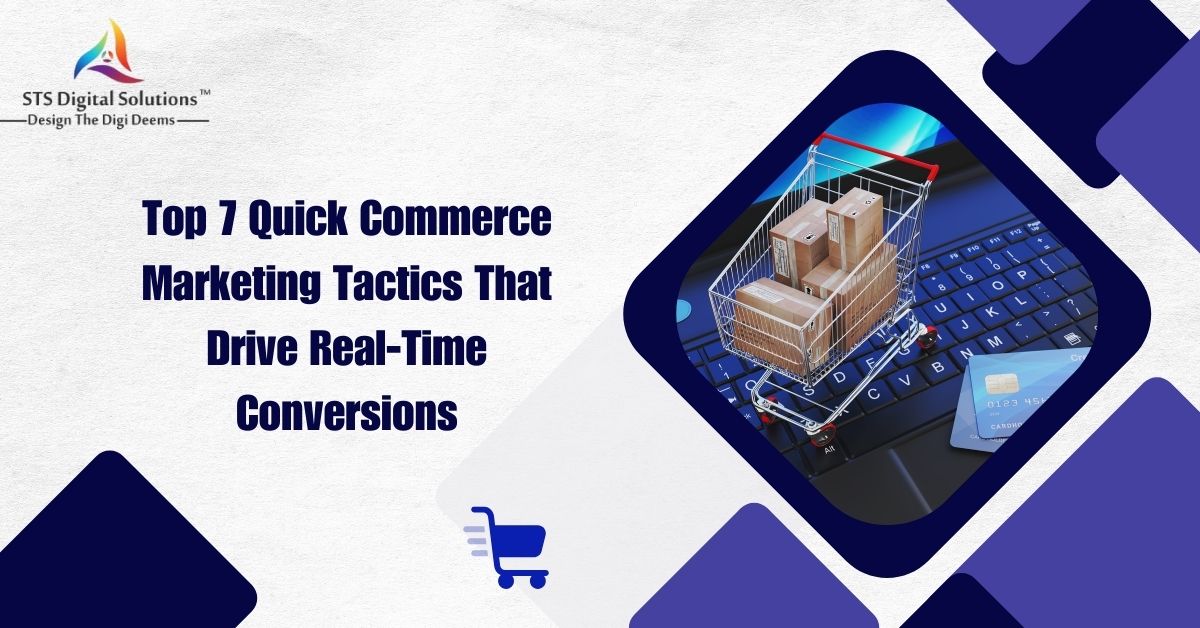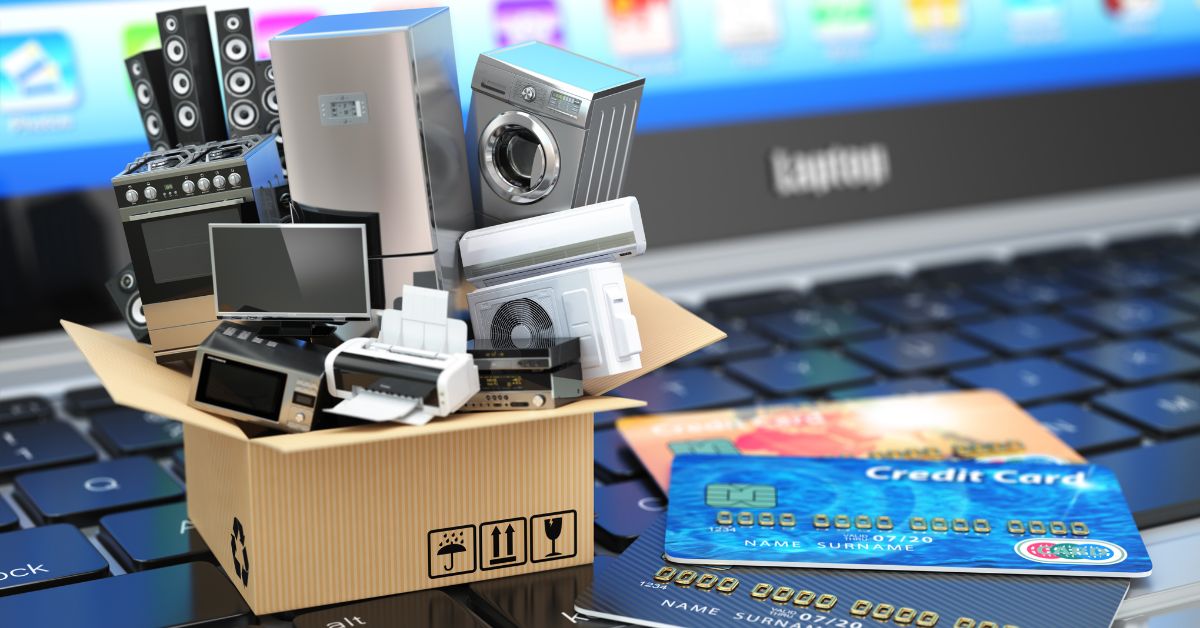Top 7 Quick Commerce Marketing Tactics That Drive Real-Time Conversions

Quick Commerce, or Q-commerce, has emerged as one of the fastest-growing trade models in the digital age, promising ultra-fast delivery, often within minutes. With consumer expectations, the brands in this space face the challenge of attracting and converting customers in real time. Unlike traditional e-commerce, where buyers often compare and take time before making purchasing decisions, quick commerce thrives on immediacy and impulse. This makes marketing strategies completely unique and conversion-centered. To succeed, brands must take advantage of data, personalization, and motion-driven campaigns that resonate with their target audiences with an immediate mentality.
Understanding the Nature of Quick Commerce
The biggest difference of quick commerce is the promise of convenience and speed. Consumers today want grocery items, daily necessities, and other products to be distributed within minutes instead of hours or days. For example, marketing strategies for Q-commerce need to emphasize urgency, location-based targeting, and emotional triggers that push customers to order without hesitation. Instead of focusing on long-term nutrition, Q-commerce thrives on immediate engagement, which makes the conversion-powered marketing strategy necessary.
1. Building a Strong Brand Presence in the Quick Commerce Space
A quick commercial brand cannot rely on the discount to survive completely. The construction of a recognizable and reliable brand is important for long-term customer retention. The app creates familiarity to establish a strong identity through continuous branding in interfaces, social media, and advertisements, which directly contributes to high conversion rates. The story should revolve around speed, reliability, and lifestyle convenience. When customers rely on a brand to deliver on time, they are more likely to choose on brand.
2. Harnessing the Power of Hyperlocal Marketing
One of the most powerful strategies for quick commerce marketing lies in hyperlocal targeting. Since Quick Commerce is built around the local delivery hub or dark stores, the ability to fragment the audience by geography is a major advantage. By running publicity, discounts, and campaigns on the basis of specific areas or neighborhoods, Q-commerce brands can appeal to community-operated preferences. For example, promoting the offering of the festival during a local festival or showing trending snacks in a particular area creates relevance that directly increases conversion.

3. Personalization as a Conversion Catalyst
Modern consumers expect individual experiences, and in the case of quick commerce, personalization can convert or break. Using AI-powered insight, brands can analyze previous purchases, browsing behavior, and customer preferences to carry out targeted recommendations. For example, if a customer often orders beverages in the evening, sending a push notification with a limited-time discount on your favorite drink at 6 pm can increase the possibility of purchase. Capitalization ensures that each interaction feels relevant, increases engagement, and promotes repeat orders.
4. Leveraging Social Media for Impulse Purchases
Social media plays an important role in influencing consumer decisions, especially for young demographics that drive most parts of Q-commerce development. Platforms such as Instagram, YouTube, and TikTok are ideal for promoting trending products, limited-time deals, and impressive recommendations. Cooperation with micro-influences resonates with local audiences and can increase authenticity and trust. Real-time stories, reels, and interactive polls about product preferences not only create engagement but also make users feel differently towards making quick purchases through the app.
5. Driving Engagement with Push Notifications and Real-Time Offers
For a quick commercial brand, push notification is not just a communication tool, but a powerful driver of immediate conversions. Timely notifications about flash sales, eliminating discounts, or stock alerts create urgency that forces users to take immediate action. However, effectiveness lies in personalization and time. Overloading users with irrelevant information can cause fatigue, but sending target messages at the right time of the day increases engagement. For example, reminiscent of reminding customers about dinner prepared food or offering discounts on snacks during film weekends can greatly increase the number of orders.
6. Optimizing Customer Experience for Retention and Loyalty
Driving conversions is not only about getting new customers, but also about maintaining existing customers. A spontaneous and user-friendly app experience, combined with reliable and on-time delivery, creates loyalty that translates into the purchase of repeat. The loyalty creates a feeling of being related to the points, referral prizes, and exclusive early access to deals. Retired customers not only contribute to continuous revenue but also become brand advocates who run word-of-mouth growth.
7. The Role of Data Analytics in Quick Commerce Success
Data is located in the heart of every quick commercial marketing strategy. Real-time analytics helps brands to understand consumer behavior, peak ordering times, popular product categories, and regional demand patterns. This information allows brands to adapt inventory management to refine their campaigns and avoid out-of-stock disappointments. By continuously analyzing conversion data, the distresses can fix their approach, ensuring that offers, recommendations, and expeditions align with consumer intentions.

Conclusion
Quick Commerce Marketing thrives on the Impadiaca, individualization, and hyperlocal strategies that run real-time conversions. Unlike traditional e-commerce, where it may take weeks to nourish a lead, Q-commerce demands immediate engagement that converts browsing into purchase within minutes. Creating a strong brand appearance, taking advantage of social media effects, sending push notifications on time, and optimizing personalization are some of the most effective ways to maximize conversions. At the core, the success of Quick Commerce Marketing depends on immediate satisfaction and the psychology of designing strategies that originally complete it.


